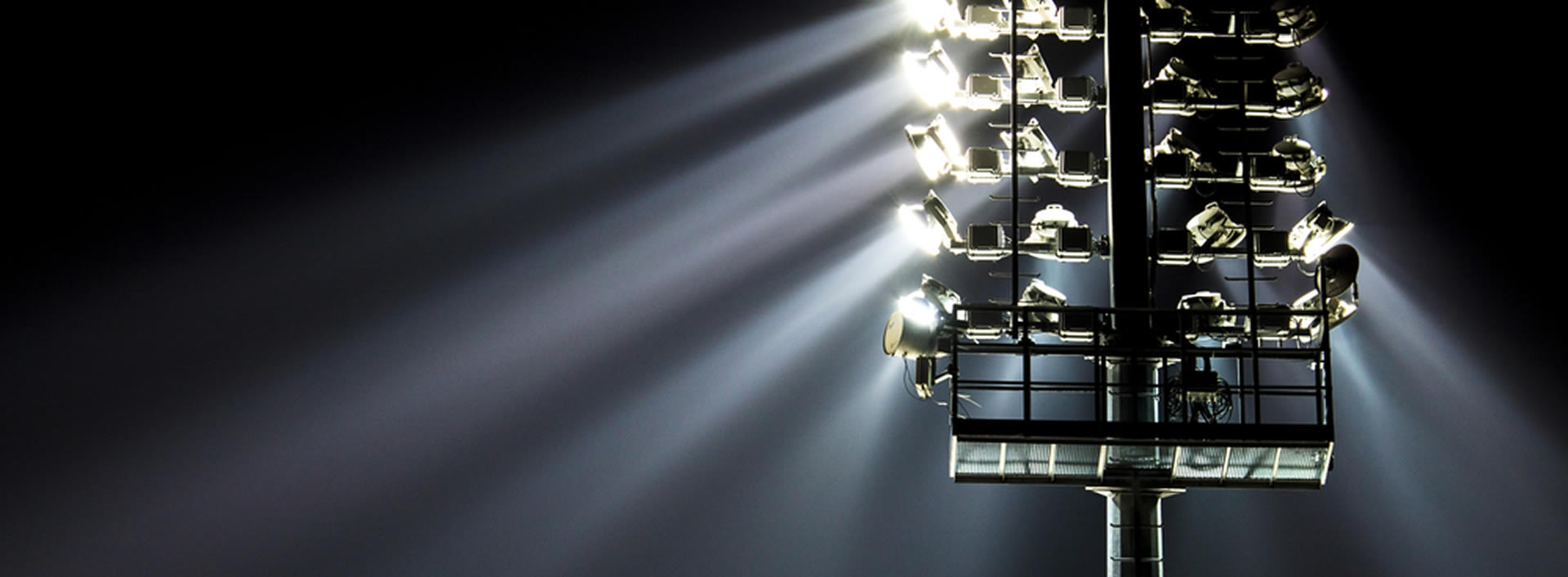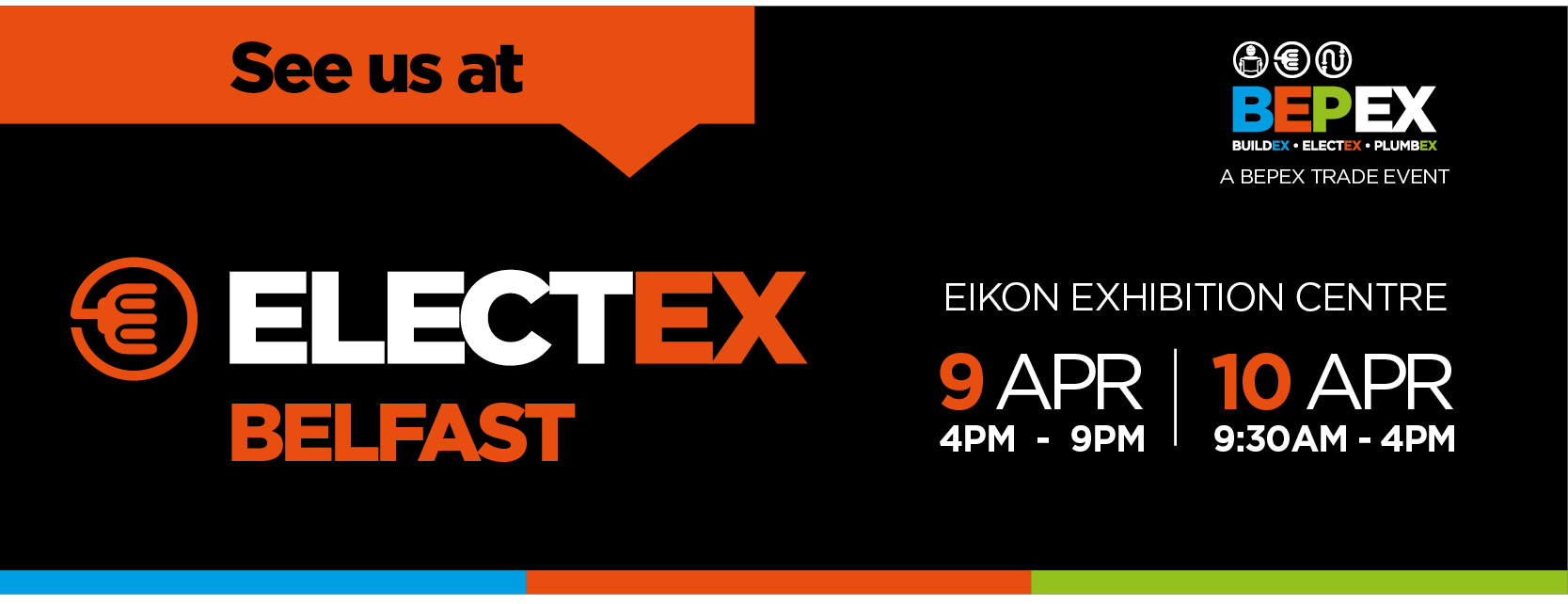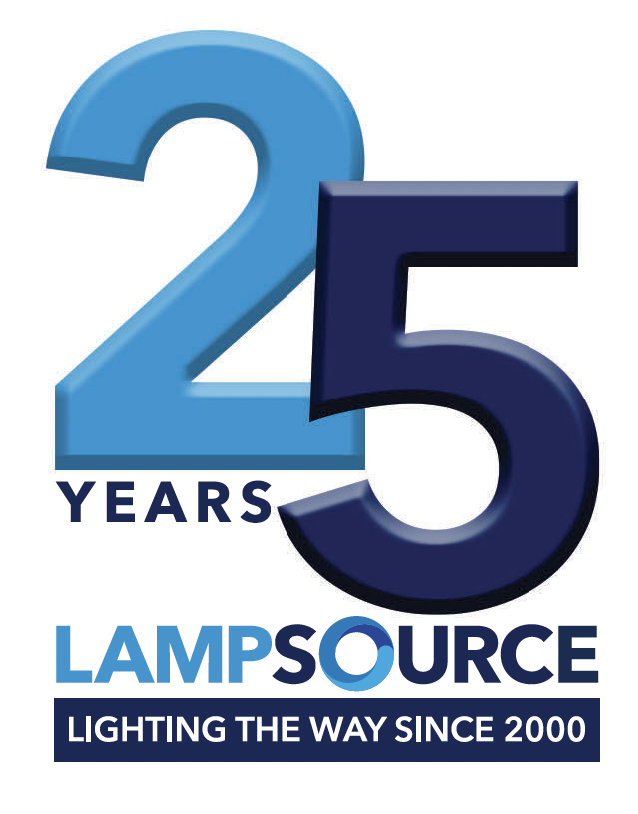By Michael Morrison on Tue 08 March 2022
Whether you're lighting an outdoor stadium or indoor arena, quality lighting is critical. Read more about sports lighting and the specific requirements today.

Sports stadiums and fields are a home to live events and a place of work for athletes. So when it comes to the best presentation for spectators to enjoy the entertainment, lighting is super important. Sports facilities require efficient lighting solutions to provide bright and clear views of events taking place.
Recently, the majority of sports arenas and fields have been making the switch towards the use of LED lighting. This is being done in an attempt to save money, reduce power usage in the area, and provide brighter & whiter lighting for players and entertainers. With this change happening, there's more to sports lighting that is important for lighting a field or providing a well-lit area for outdoor sports.
Want to learn even more about sports lighting and what goes into brightening up events? Read onward to discover more about sports lighting and all the specific requirements it has today.
Stadium Lights and What They’re Used For
In most places where sporting events or other live events occur, you’ll find stadium lights. Stadium lights are lights that get placed high above and angled downward at 12 to 60 degrees. With this positioning, there is a high intensity of light that reaches the ground from an elevated height.
On average, stadium lights are set about 40 to 60 feet, or as high as 100 feet, above the area they are lighting. Most of the time, this type of lighting is made with high-intensity discharge (HID) lights, which are used in older stadium setups for lighting.
Stadium lights are important for events that get televised through the media. Having a great lighting setup will let cameras capture every big moment during a game or live performance in great detail. This is very helpful if the lighting of the area can illuminate everything all around from 360 degrees.
The other useful part of good lighting in stadiums and arenas is so spectators can be more secure during a live event. Security is an important part of events, and being able to see is an invaluable asset to security at events. The brighter the location, the easier it is for security to address any problem that might appear during a sports game or event.
The Shift to LED Lights
In recent years, the majority of stadiums and arenas are making the switch to using LED lighting fixtures to illuminate their areas.
LED lights are a better alternative for most venues. This is because of their many benefits for having energy-efficient and convenient lighting to work with. LED lights are applicable to any location of any size.
LED Stadium lights can brighten a location with about 60,000 lumens of energy and can go even higher. While there is a lot of energy generated, LED lighting uses up to 75 percent less energy than any other conventional lighting model. This also means that the lifespan of LED stadium lights is longer and much easier to work with when bulbs need to undergo a change or repair.
Another benefit to LED lights in stadiums for lighting is the better control they allow for live events. The hue and other aspects of the light can be controlled, such as programming a light system to coordinate with a live performance. This can be exciting for fans in the crowd when they see their favorite team arrive with their colors displayed in the light.
An interesting perk to having LED lights is how they are to work with, as well as the low amount of heat they generate when functioning. This makes them easier to work with over longer periods of time since they won’t damage any other metal or plastic with heat generated from the light.
The Cost of Stadium Lighting
Besides the effects that traditional sports lighting can have, like polluting the environment, the amount of money needed to install them can be expensive. Older sports lighting will cost more to maintain over time, as damage from use and other environmental factors grows over time. This can force lights to get repaired often.
On an LED lighting setup, the efficiency almost pays for itself. LED lights will use less energy that can save a massive amount of money on the energy bill, especially over a long period of time. You can save more than 40,000 watts of power if you swap out 40 light fixtures for LED lighting fixtures.
Maintenance for traditional stadium lights can be as high as $2,000 or more for both labor and materials. This can be a financial0 burden, as well as interfere in the daily activities of locations when the need to repair a light pops up. For LED lights the amount of light generated degrades much slower and reduces the need to fix a light, thus reducing maintenance cost as well.
Understanding Sports Lighting
With our complete look at sports lighting and the different aspects of it, you should have a better understanding of the requirements for good lighting today. Many sports organizations have taken steps to improve lighting setups and the experience for fans who love attending big sporting events. With the shift to using LED lighting, people will be able to better enjoy a great view of their favorite events in full detail.
Looking to light up your next big event? Visit Lamp Source and browse through the various products for all applications within the entertainment industry. Lamp Source helps many organizations with lamp replacement and is renown for efficient service for all their customers.


